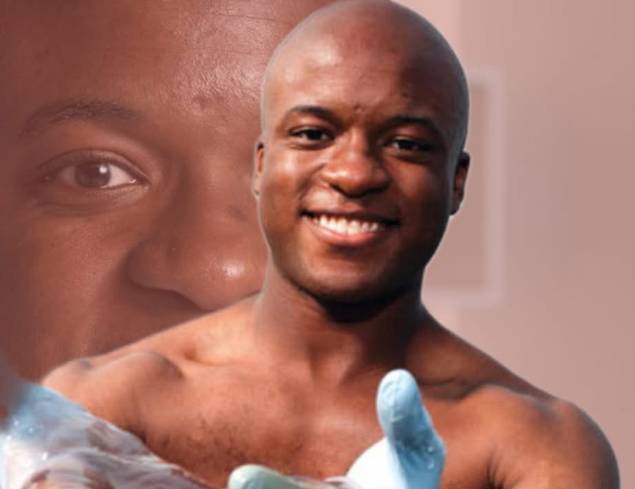The remains of a British mountaineer who may have climbed Everest 100 years ago, 30 years before Sir Edmund Hillary, have finally been discovered.
Andrew “Sandy” Irvine disappeared on the world’s highest mountain in 1924 while attempting to climb it with George Mallory.
Mystery has swirled ever since over whether the men were lost before or after they reached the peak’s 29,032ft summit.
If proved, their success would rewrite the history of mountaineering, since Sir Edmund and Tenzing Norgay’s 1953 expedition is widely accepted as the first time the summit of Everest was reached.
Irvine’s partial remains, along with a boot and a sock embroidered with his name, have been discovered for the first time on a glacier below the mountain’s north face.
DNA tests will be conducted to confirm the finding, which was made by an expedition filming a documentary for National Geographic.
Jimmy Chin, who found the remains with filmmakers Erich Roepke and Mark Fisher, said it was a “monumental and emotional moment”.
“Sometimes in life the greatest discoveries occur when you aren’t even looking,” he said.
Mallory’s body was found in 1999 at a higher altitude than Irvine’s suspected remains, directly in a fall line from where a lone ice axe was found in 1933.
A key reason why some believe Irvine and Mallory may have reached the summit is that Mallory’s body was found without a photograph of his wife, Ruth, in his possession.
He had told family members before setting out for the peak that he intended to carry one with him and leave it at the top of Everest.
Julie Summers, Irvine’s great-niece and biographer, said she was “moved to tears” when she was told of the new discovery.
“I have lived with this story since I was a seven-year-old when my father told us about the mystery of Uncle Sandy on Everest,” she said.
“The story became more real when climbers found the body of George Mallory in 1999, and I wondered if Sandy’s body would be discovered next.
“A quarter-of-a-century after that discovery, it seemed extremely unlikely that anything new would be found.
“When Jimmy told me that he saw the name AC Irvine on the label on the sock inside the boot, I found myself moved to tears. It was and will remain an extraordinary and poignant moment.”
It is thought that Irvine, who disappeared at the age of 22, was carrying a camera which, if found and its photographs developed, could prove whether he and Mallory reached the summit.
But the camera was not recovered by the National Geographic expedition.
If successful, Irvine and Mallory would also have beaten the first successful summit of Everest’s north face, which was accomplished by Chinese climbers in 1960.
Mallory’s face-down body was found 2,000 feet below Everest’s summit 25 years ago and was well-preserved owing to the freezing, high-altitude conditions.
He had a frayed rope around his waist and injuries consistent with having fallen while roped together with Irvine.
The specific location of Irvine’s partial remains has not been disclosed but the Central Rongbuk Glacier, where they were found, is at an altitude at least 7,000 feet lower than where Mallory’s body was discovered.
Prof Joe Smith, director of the Royal Geographical Society, said of the discovery: “Sandy was an exceptional figure and made a significant contribution to our understanding of Everest and the Himalaya.
Source: YahooNews














